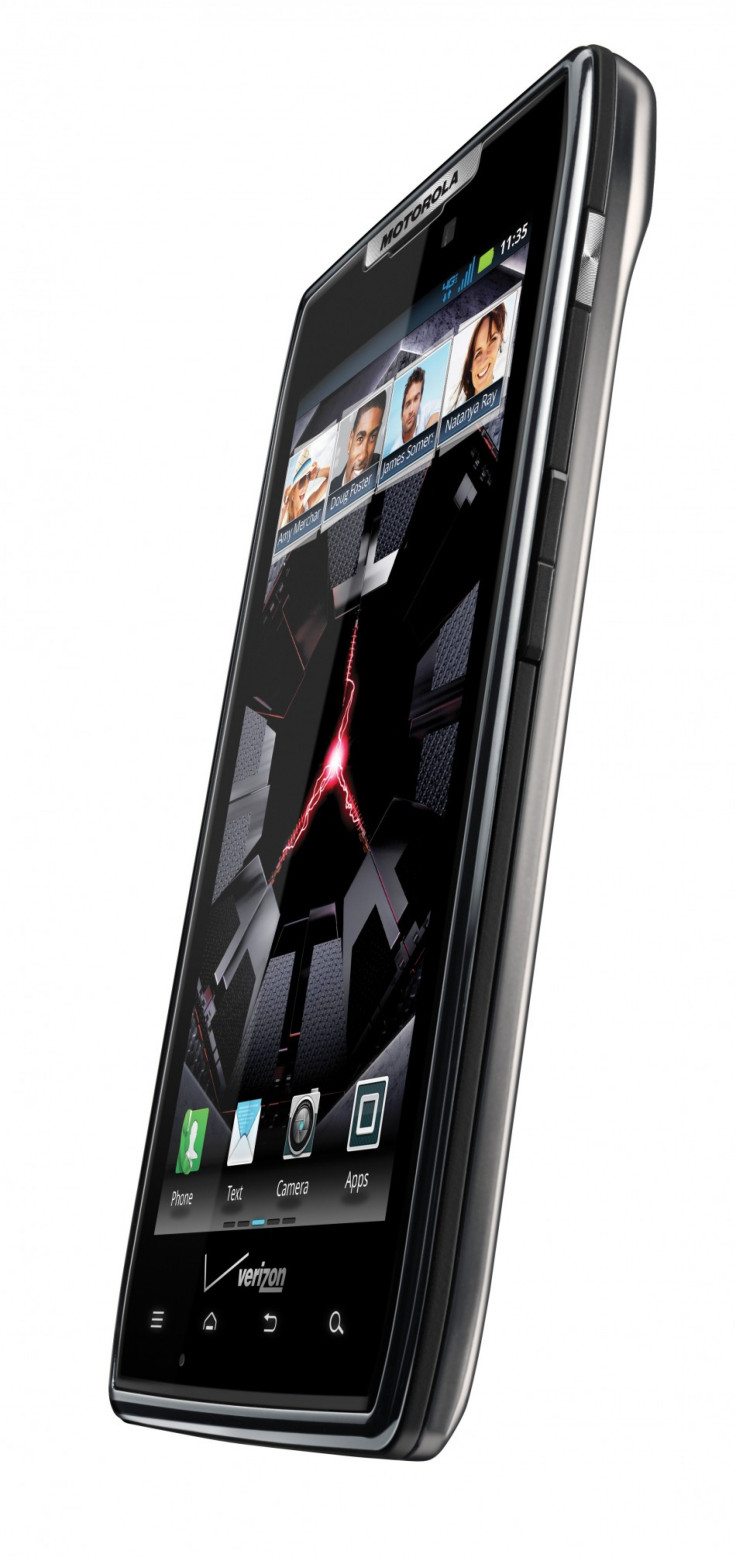Droid Razr vs Droid Bionic: Battle of the Verizon Brothers
Droid's Duel in Verizon Family Fued

Droid Bionic preceded the Razr by only a few months, but it's already been out-muscled by its newer, faster, thinner more expensive big brother. Both devices are exclusive to Verizon and they are two of the most expensive devices out there. Bionic carries a $200 price tag to match the iPhone 4S, and Razr, being brand new and all, is $300 with a new two year contract.
Bionic was Verizon's first 4G dual-core phone, and just three months later, it seems like old news. That's how fast things are changing in the mobile tech world. However, in that same time span, iPhone came to Verizon, and that in itself was pretty huge. iPhone 4 and 4S are not 4G-enabled, but they do have the dual-core chip like Bionic and of course Razr.
Apart from the similar dual-core build, both Razr and Bionic have 4.3-inch screens and eight megapixel cameras. Furthermore, they both come with similar storage capabilities; 16 gigabytes built-in with a 16 gigabyte microSD card preinstalled. They both come with large batteries too, but that is only to counter the effects of the 4G network that are considerable. Depending on how you use these devices, battery life could become an issue. Many newer devices are battery challenged, and it's one reason the iPhone isn't 4G capable; it's less taxing on the battery.
So Bionic and Razr do have lots in common, but there is a reason they are $100 apart. Razr has a Super AMOLED display and Bionic is a qHD Pentile display. There is little similarity here because the Razr display really puts Bionic's to shame. Razr is thinner, obviously, and lighter, has a 1.3 megapixel front camera and will be among the first Android devices to get the new 4.0 update once it is released. If you are considering the Bionic and its $200 price tag, we recommend springing for the extra hundred and grabbing the Razr.
Tell us in the comments if you have any of the Droid phones and what you think of it.
MUST READ: Ice Cream Sandwich: Hints, Tips and Tricks
© Copyright IBTimes 2024. All rights reserved.











